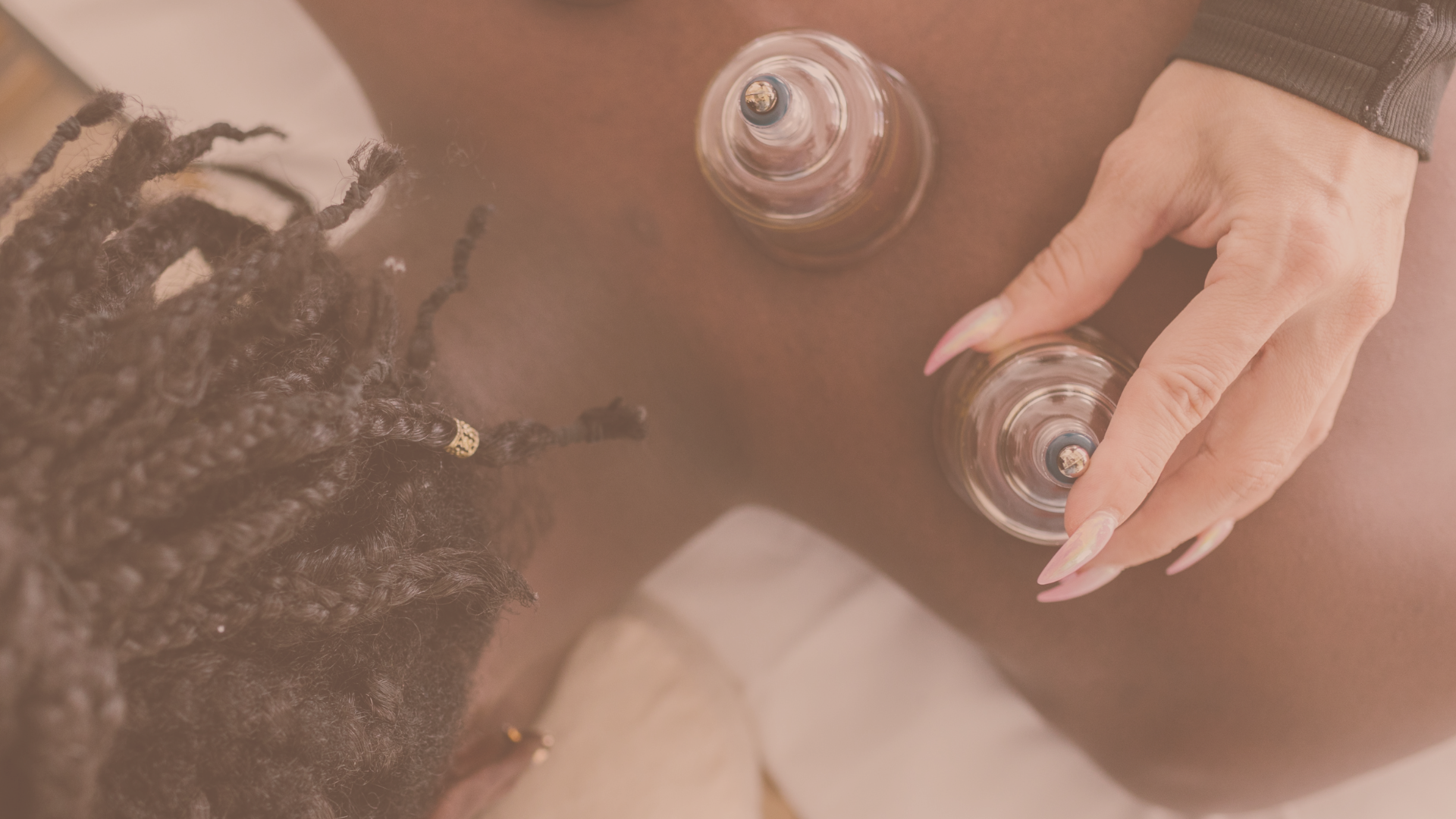What Is Cupping?
Cupping is a traditional therapeutic technique that involves placing cups on the skin to create suction. This method is used to promote healing, alleviate pain, and improve blood circulation. Cupping has been practiced for thousands of years in various cultures, including Chinese, Egyptian, and Middle Eastern traditional medicine.
Here's a brief overview of how cupping is typically performed:
Types of Cupping:
Dry Cupping: In this method, cups are placed on the skin, and a vacuum is created by removing the air inside the cup. This can be done using various techniques, such as heating the air inside the cup or using a suction pump.
Wet Cupping (Hijama): This involves making small incisions on the skin after dry cupping and then reapplying the cups to draw out a small amount of blood. Wet cupping is practiced in some traditional healing systems but is not as widely used as dry cupping.
Materials and Techniques:
Traditionally, cups were made of materials like glass, bamboo, or clay. Nowadays, cups are often made of glass, plastic, or silicone.
In the dry cupping method, a practitioner creates suction by briefly heating the air inside the cup using an open flame and then quickly placing the cup on the skin.
Alternatively, modern cupping sets may use a suction pump to create the vacuum without the need for heat.
Application:
Cups are typically left in place for a few minutes, and they may be stationary or moved around the skin to cover larger areas.
The suction created by the cups draws the skin and superficial muscle layer into the cup, which is believed to stimulate blood flow, release tension, and promote healing.
After Effects:
Cupping often leaves circular marks or bruises on the skin. These marks are not painful and usually fade within a few days.
Practitioners and proponents of cupping believe it can help with conditions such as muscle pain, inflammation, and promoting overall well-being. However, it's important to note that scientific evidence on the effectiveness of cupping for various health conditions is limited, and more research is needed to fully understand its benefits and mechanisms. Individuals considering cupping or any alternative therapy should consult with a qualified healthcare professional.

